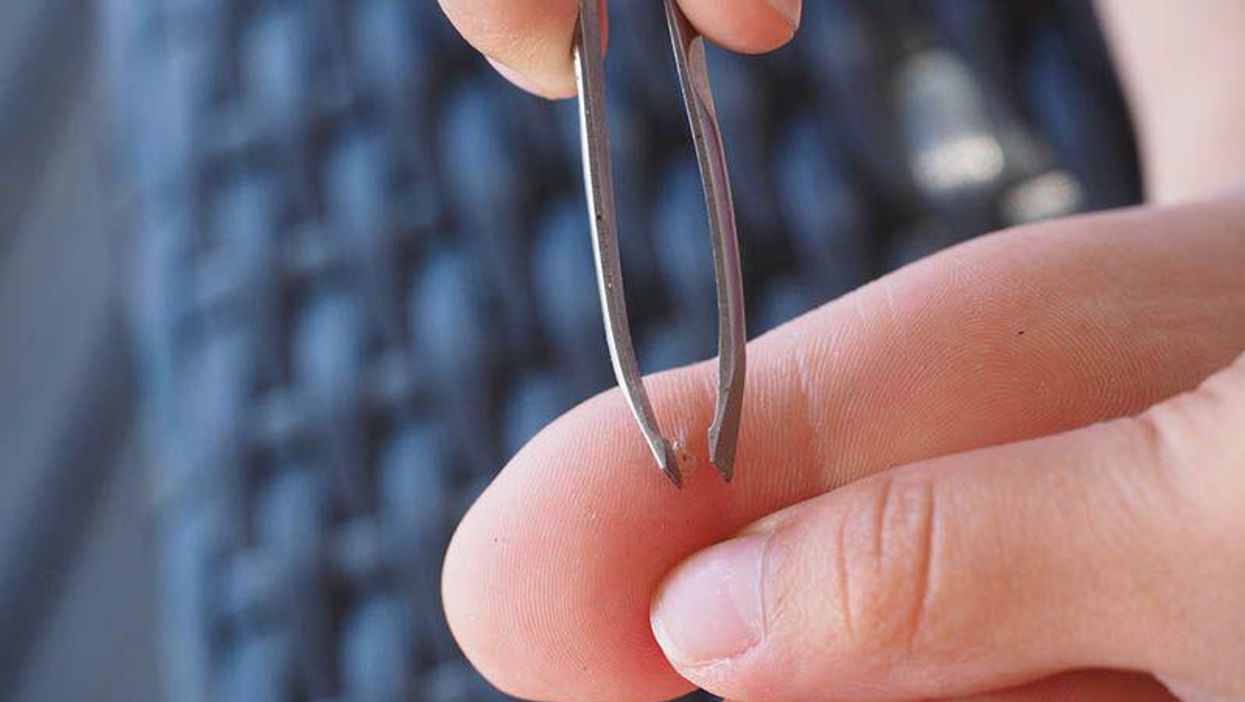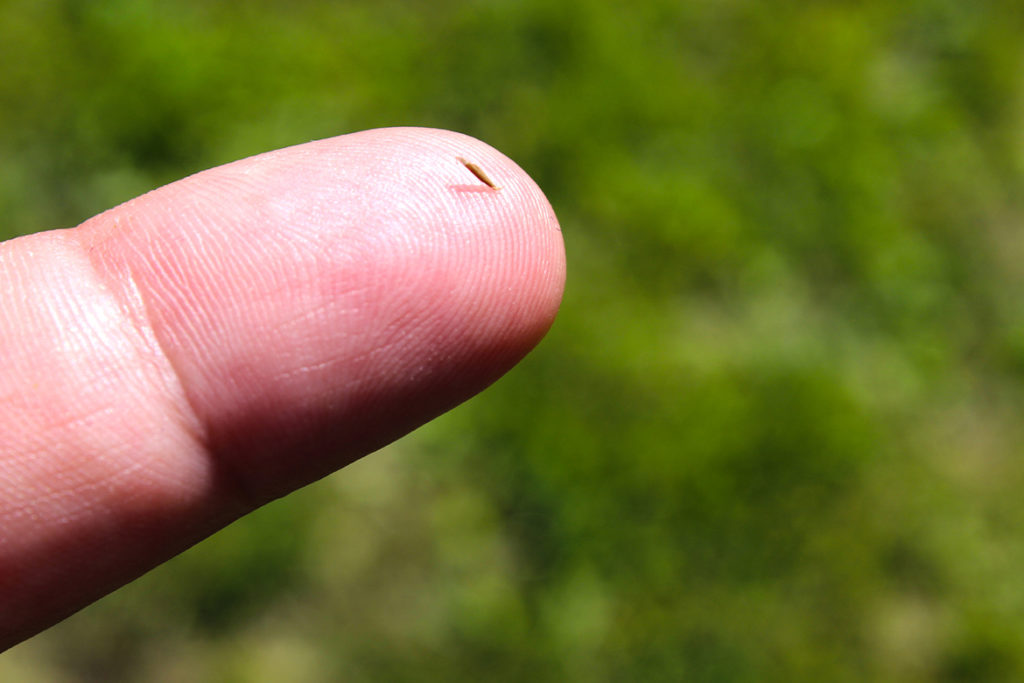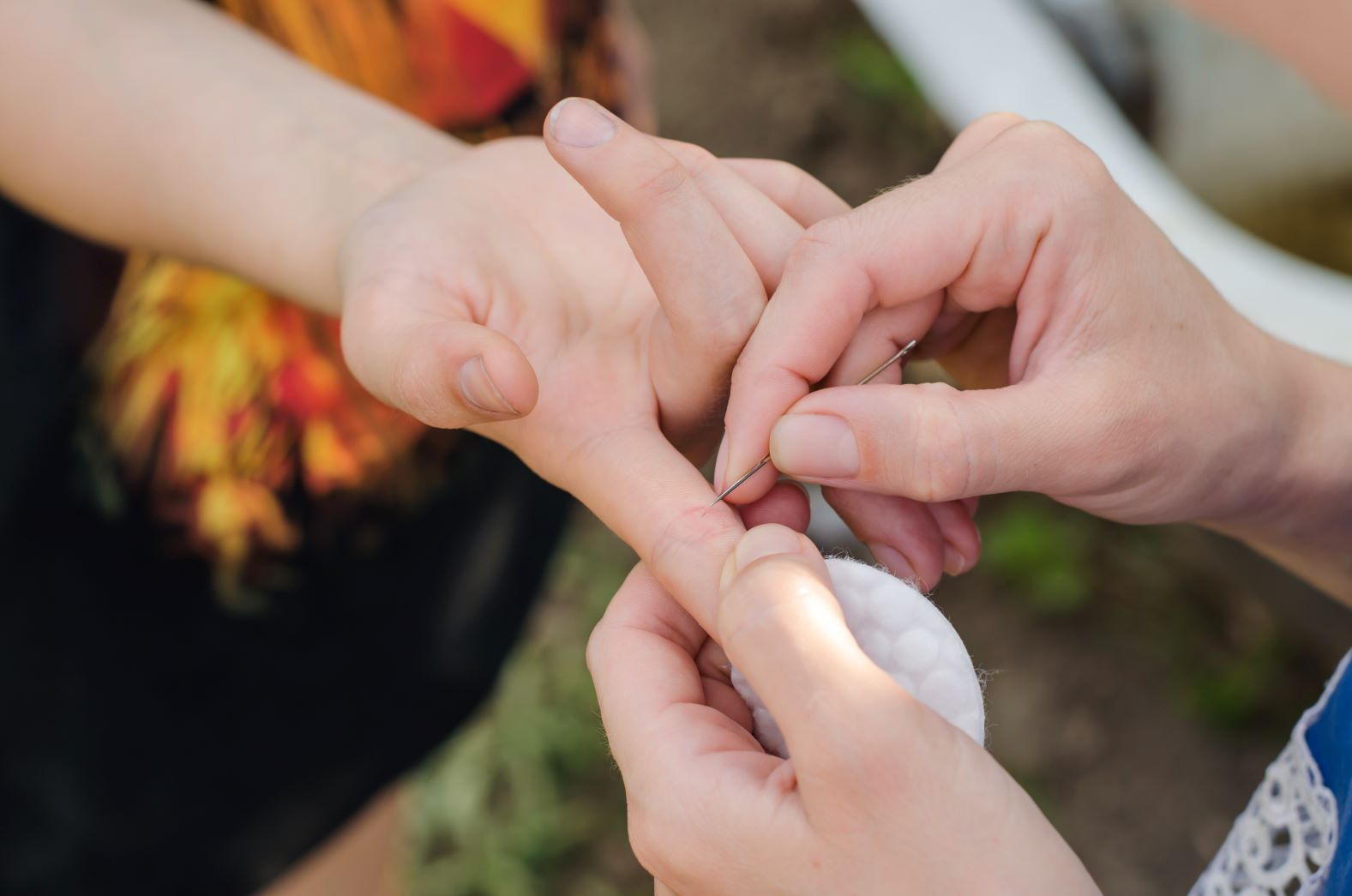Many people could be subject to minor injuries like splinters during the summer season with all the recreation time.
Splinters do not typically bring harm, but they do hurt. It is necessary to remove the fragment immediately to avoid infection. This article covers basic first aid steps to remove a splinter and recognize when to seek medical attention.
What Is A Splinter?
Splinters are thin pieces of foreign material that are partially or fully sink deep into the skin. It is usually a piece of wood, metal, glass, or sharp plastic materials.
Splinters symptoms are pretty obvious. The person feels pain and a sense that a foreign body is inside the skin. In most cases, the splinter is visible to the person who has it.
Other signs include pain at the location of the splinter. Notice that there is also skin redness, swelling, warmth, or worse, pus which may indicate infection.
Removing a splinter can be done at home without seeing a doctor. However, it would be best if you did not ignore its symptoms. A skin injury like this can acquire infection if left under the skin for too long.
5 Easy Ways To Remove A Splinter
Splinters near the eye are or in hard-to-reach places may require a doctor’s intervention. But for ordinary fragments, follow these essential first aid tips to remove them yourself.
1. Wash
Wash your hands with soap and water before touching the affected area. This way, no bacteria from your hand will transfer to the open wound that can cause infection.
2. Soak
Soak the injury site in warm water for a few minutes. Make sure the skin is soft and pliable before trying to take the splinter out.
3. Sterilize
For horizontal splinters with some part sticking out, use a pair of tweezers and sterilize the needle to get it out. Wipe the tool with rubbing alcohol to clean it.
4. Remove
Do not pinch the skin when trying to remove the splinter. Pinching puts pressure on the splinter, causing it to break into fragments. Instead, try to visualize its location first. Use the needle to slightly open the top layer of the skin to expose the splinter.

For An Exposed Splinter:
Use duct tape. Duct tape is an easy way to remove exposed splinters without the use of tools. Place a strip of tape on top of the splinter and gently pull it out. If the tape does not work, tweeze it out. Grab a pair of clean tweezers and gently pull it out.
For An Embedded Splinter:
Poke a small hole on the skin where the fragment is. Grab the tweezers to reach in and gently pull it out. For splinters too deep, it is best to leave it to professionals.
5. Prevent Infection
Upon successful removal, wash the area with soap. Apply some antibiotic ointment and cover it with a bandage.
Do not panic. If you cannot get the splinter out after a few tries, it is time to seek help from a medical professional.
When To Seek Help?
Seek professional help if the splinter is deeply embedded or if there is an inflammation or appearance of pus. Talk to your doctor when the fragment enters sensitive areas like the eye area and private parts.
For any signs of infection, like red, hard skin or yellow discharge, consult your doctor.
Takeaway
Splinters are a common but painful injury that is easy to treat at home. Learn first aid to ensure you follow safety precautions for proper handwashing, sanitizing equipment, and wound cover.
Seek professional help if the splinter is enormous, is found near the eye, or signs of infection.








